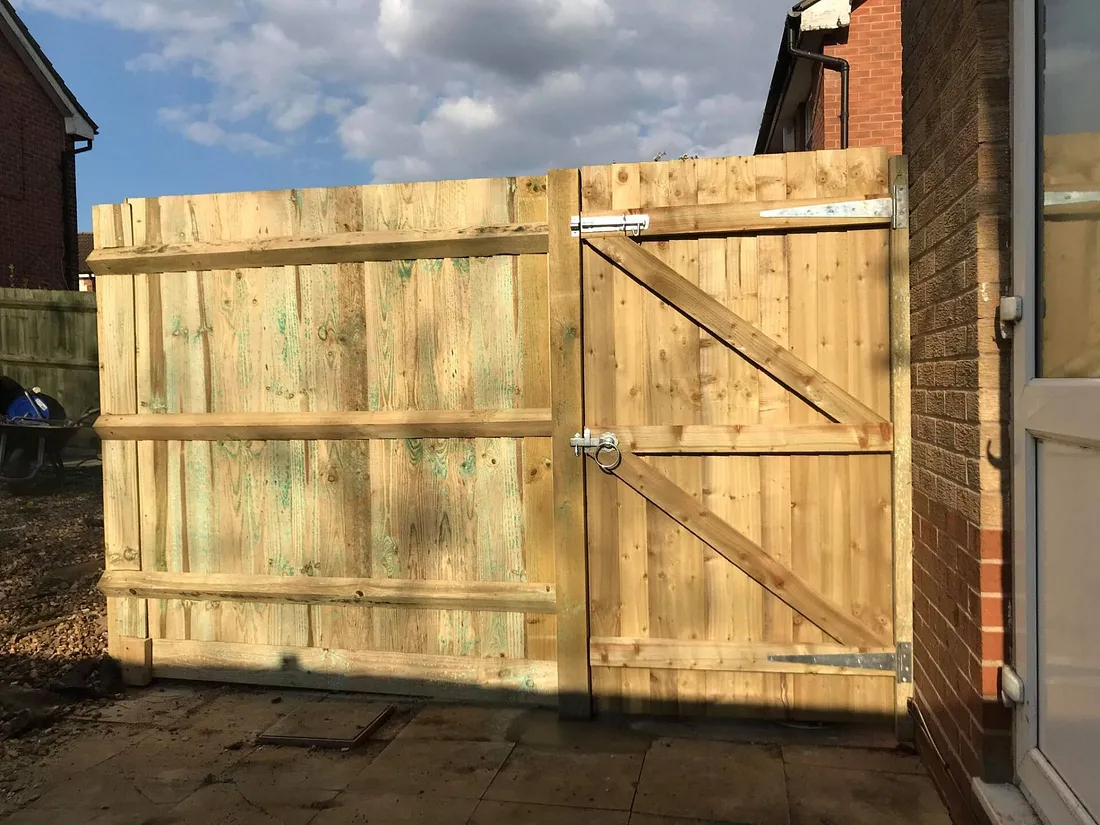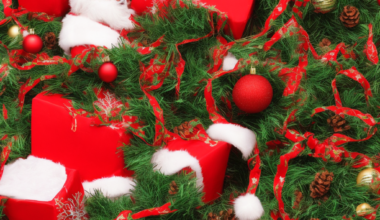About Fencing
Fencing, the noble art of swordplay, has a storied history in Northampton that dates back centuries. From its humble beginnings as a practical means of self-defense, Fencing has evolved into a sophisticated sport and a beloved cultural tradition. Understanding the evolution of Fencing in Northampton is not merely an exploration of a pastime; it’s a journey through time that unveils the city’s rich heritage. As we delve into its history, we gain insight into the sport’s growth, the influence of local fencing masters, and the enduring legacy that continues to shape Northampton’s sporting identity.
Early Origins of Fencing in Northampton
The vibrant city of Northampton, steeped in rich history and tradition, boasts an intriguing relationship with the art of Fencing. The origins of this graceful and strategic sport in Northampton shed light on a fascinating journey.
Historical Mentions and Records
- Medieval Chronicles: The earliest mentions of Fencing in Northampton can be traced back to medieval times. Chronicles from the 14th century discuss local warriors practicing swordsmanship to prepare for battles and duels.
- Manor House Training: In the subsequent centuries, records suggest that Fencing was practiced in the grand manor houses of Northampton. Seasoned sworders often supervised these, ensuring the art was passed down through generations.
Evolution of Fencing’s Purpose
- Self-Defence: Initially, Fencing in Northampton was deeply rooted in survival. With England’s tumultuous past of invasions and internal conflicts, knowing how to wield a sword was crucial. Fencing served as a means to protect oneself, one’s family, and one’s honor.
- A Gentleman’s Sport: The need for combat diminished as peace gradually spread across the region. Yet, the love for Fencing persisted. It transformed from a tool of self-defense to a refined art. By the 18th century, Fencing had become a gentleman’s pastime, symbolizing grace, discipline, and nobility.
The Influence of Fencing Schools and Masters in Northampton
In the annals of Northampton’s history, few institutions stand out as prominently as its illustrious fencing schools. Equally, the city owes its fencing legacy to several masterful tutors who, with their expertise, transformed the landscape of Fencing.
Emergence of Fencing Schools
Renaissance Influence: As the Renaissance spirit spread across Europe, Northampton, too, caught the enthusiasm. The 16th century saw the establishment of the city’s first formal fencing schools. These institutions provided structured lessons, moving away from the informal and rudimentary training methods of the past.
Centres of Excellence: These schools weren’t just places to learn; they became hubs of innovation. They played pivotal roles in setting standards, refining techniques, and influencing fencing attire. As these schools grew, Northampton began to be recognized as a focal point for Fencing in England.
The Legendary Masters of Northampton
Sir Richard Everard: Often hailed as the ‘Father of Northampton Fencing’, Sir Richard’s methods were revolutionary for his time. He introduced the concept of fluid motion, emphasizing rhythm over brute force.
Madeline DeWitt: In an age dominated by male fencers, Madeline stood out not just for her gender but her finesse. Her teachings highlighted the importance of agility and quick thinking, making her students some of the most sought-after duelists of the 18th century.
Lord Henry Fitzroy: A master not just with the sword but also with words, Lord Henry wrote several treatizes on fencing techniques. His written works did wonders for popularizing Fencing in Northampton and beyond.
Technological Advancements and Their Impact
Northampton’s fencing scene has always been vibrant and dynamic, but technological advancements have transformed it beyond recognition. Let’s delve into two of the most pivotal shifts:
From Traditional to Modern Weapons
The beauty of fencing lies in its adaptability. While traditional weapons like the broadsword and sword were synonymous with Northampton’s early fencing days, the sport evolved. By the late 19th century, the emphasis shifted towards precision, agility, and speed. Enter the modern foils, epees, and sabres. Lighter, more balanced, and designed for finesse, these weapons changed the face of competitive Fencing in Northampton, making matches more thrilling and viewer-friendly.
The Rise of Electronic Scoring
If the transition to modern weapons was a game-changer, the introduction of electronic scoring in the late 20th century was revolutionary. Northampton, always at the forefront of embracing innovation, was quick to adopt this technology. Gone were the days of manual point tallying and contentious decisions. Electronic systems ensured real-time, accurate scorekeeping, increasing transparency and trust. For participants, it meant a clear focus on technique without worrying about human error. For spectators, it turned matches into electrifying displays of skill and strategy, where every touch was instantly and unmistakably acknowledged.
Major Fencing Events and Tournaments in Northampton’s History
Northampton’s fencing legacy is punctuated by a rich tapestry of tournaments and events that have left an indelible mark on the sport. These competitions showcased the city’s fencing prowess and served as platforms for promoting the art to a broader audience.
- Shaping the Region’s Fencing Reputation: Events like the “Northampton Swordsmen’s Challenge” in the 19th century and the more contemporary “Northampton Fencing Invitational’’ have been instrumental in cementing the city’s reputation as a fencing hub. These gatherings attracted elite fencers, both national and international, who brought their skills and competitive spirit to Northampton. The prestige associated with these events has endured through the years.
- Promoting Fencing to a Wider Audience: Local tournaments have played a vital role in introducing Fencing to the broader Northampton community. These events have been accessible showcases for the sport, allowing spectators to witness the grace, strategy, and excitement of fencing up close. They’ve served as a breeding ground for budding fencers, inspiring the next generation to take up the foil, epee, or sabre.
Local Fencing Clubs and Their Evolution
The tale of Fencing in Northampton is complete with acknowledging the pivotal role played by its local fencing clubs. These establishments grew in number and stature from their embryonic stages in the late 19th century. Clubs like the “Northampton Swordplay Society” and “Riverside Fencing Club” emerged as bastions of the sport, offering enthusiasts a sanctuary to practice, learn, and compete. These clubs, steeped in history, became anchors of the fencing community, providing continuity and structure to an ever-evolving sport.
Northampton’s clubs have played a vital role in shaping talented fencers. Their rigorous training programs, top-notch facilities, and commitment to excellence have produced numerous champions. These local talents represent the city internationally and mentor the next generation, ensuring Northampton’s fencing legacy continues. This symbiotic relationship between the city and its clubs showcases a shared passion and vision for the sport.
- Northampton’s local fencing clubs played a pivotal role in the evolution of Fencing in the city, offering a sanctuary for specialists to practice, learn, and compete.
- These clubs have become instrumental in identifying raw talent, molding them into formidable fencers, and producing numerous champions through rigorous training programs, state-of-the-art facilities, and a dedication to excellence.
Challenges and Triumphs
The journey of Fencing in Northampton has been marked by challenges that tested the mettle of its community. Historical obstacles, including war-induced disruptions and societal shifts, momentarily dimmed the sport’s lustre. Yet, the resilience of the fencing fraternity prevailed. Fencers and enthusiasts rallied, adapting to adversity and preserving their cherished tradition.
Despite challenges, Northampton’s fencing community achieved notable successes. Local champions excelled in national competitions, and modern training academies were established, solidifying the city’s standing in the fencing world. These achievements are a testament to the passion and dedication of Northampton’s fencers, ensuring the sport’s legacy continues to thrive.
The Current State of Fencing in Northampton
Today, Northampton’s fencing legacy is evident in modern bouts that blend traditional techniques with innovative strategies. The city embraces inclusivity and accessibility through new initiatives. Training methodologies have evolved with a blend of time-tested drills and cutting-edge biomechanical analysis. As Northampton looks to the future, it remains committed to nurturing the next generation of fencing talents while preserving the timeless allure of this sport.
Notable Figures and Their Legacy
Northampton’s illustrious fencing history has been shaped by several iconic figures who elevated the sport to unprecedented heights with their prowess and passion. Their contributions enhanced Northampton’s reputation and paved the way for future generations to be inspired and follow in their footsteps.
- Sir Robert Langley: Often hailed as the “Maestro of Northampton,” Sir Langley’s techniques from the early 20th century are still taught in many academies today. His impeccable footwork and innovative parries revolutionized competitive Fencing.
- Eleanor “Elle” Stafford: A beacon for women in Fencing, Elle broke several barriers in the 1960s, winning national titles against all odds. She became a symbol of resilience and determination.
- Thomas “Tom” Harlington: Known for his swift reflexes and aggressive style in the 1980s, Tom represented Northampton in numerous international championships, bringing home several medals.
- Lydia Clarke: More recent yet profoundly influential, Lydia has been a dominant figure in the last decade, both as a competitor and a coach. Her modern approach to the sport integrates technology and traditional techniques.
Over time, the evolution of Fencing in Northampton has faced challenges in keeping pace with the modern world. Traditional approaches and a lack of awareness have hindered the growth of this beautiful sport.
As fencing enthusiasts, we lament the potential talents lost and opportunities missed. The lack of exposure has prevented Northampton from fully embracing the dynamic and diverse world of contemporary Fencing.
In conclusion at Fencing Northampton, we are the catalysts of change. Our modern training methods, state-of-the-art facilities, and a passionate community are redefining Fencing in the city.




